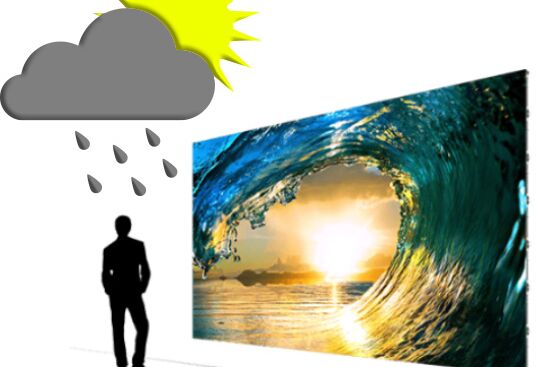Investigating the Essential Factors That Influence Luminance in Light Emitting Diode Display Panels
Light Emitting Diode wall panels are progressively popular for both promotion and entertainment due to their luminous and vivid images. Understanding the factors that affect the luminosity of these panels is crucial for manufacturers and consumers alike. Luminosity is typically measured in candelas, which indicates how much illumination is produced from the area of the panel. Numerous key elements affect to the overall brightness, including the type of LED used, the caliber of the screen materials, and the power supplied to the screen.The type of LED component used in a wall screen plays a crucial role in its brightness. Various LEDs emit varying levels of lumens, which gauge the amount of illumination visible to the mortal eye. High-quality components, such as those made using sophisticated technology, can produce brighter illumination with greater effectiveness. Furthermore, the color tone of the Light Emitting Diode also affects apparent brightness. For instance, cooler hue temperatures (higher K values) can appear more luminous than warmer ones, even at the identical lumen rating. This feature is important for uses where visibility is crucial, such as in outdoor promotion.
The materials used in the building of Light Emitting Diode wall screens also influence their luminosity. The type of foundation and coating materials can affect how much illumination is conducted versus how much is absorbed or dispersed. For example, a panel made with premium optical material will allow more illumination to pass through than one made with inferior materials. Additionally, the design of the screen, including its thickness and the arrangement of the LEDs, can improve or diminish luminosity by affecting how illumination is distributed across the panel.
The energy supply provided to the Light Emitting Diode wall screens is another critical element in determining luminosity. Each Light Emitting Diode chip has a particular voltage and electric flow requirement for ideal performance. If the power supply falls short, the luminosity of the led video wall technology panel will decrease. Conversely, providing too much energy can lead to overheating and reduced lifespan of the Light Emitting Diodes. Therefore, maintaining a stable and sufficient power source is essential for realizing consistent brightness levels. This is especially important in changing displays, where luminosity may need to be adjusted for varied lighting conditions.

Finally, surrounding factors can affect how brightness is perceived. Ambient illumination conditions play a significant role in how luminous an visit the site Light Emitting Diode wall screen appears. In bright sunlight, for example, a panel with a lower luminosity level may struggle to be seen clearly, while a more luminous screen can be prominent more effectively. Additionally, the perspective from which the panel is observed can influence brightness appearance due to how light bounces off surfaces. Understanding these factors helps buyers select the right Light Emitting Diode panel panel for their requirements and ensures that producers produce products that satisfy brightness standards for various applications.